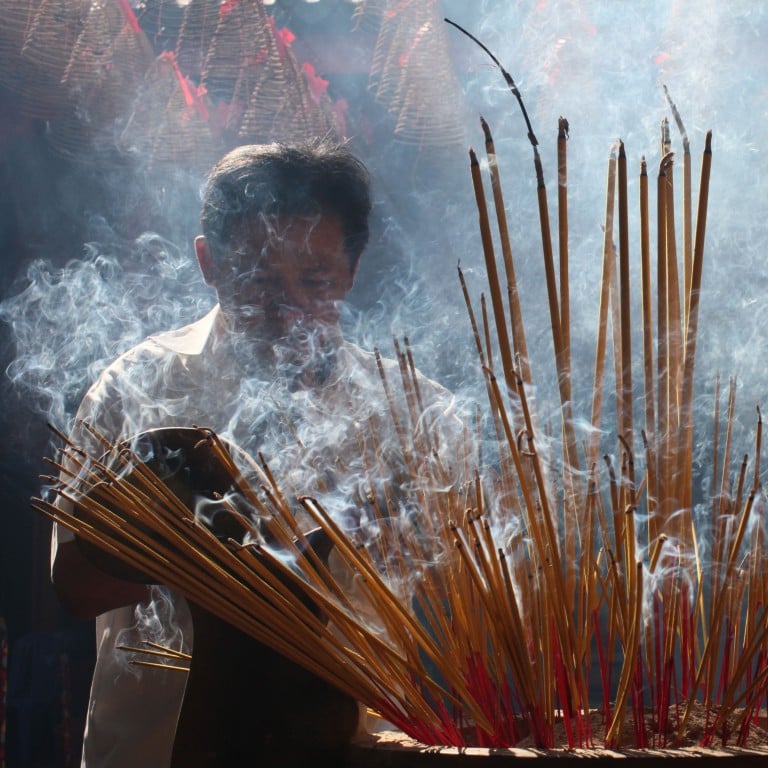
All you need to know about Tet, Vietnam’s Lunar New Year, what to eat, where to go and what to do
- Similar to China, Vietnam’s new year is all about visiting the family, eating special dishes, and making plenty of noise
- From flowers to temples, from fireworks to food to travel, here’s our guide to Tet
Families gather around mats laden with food. Parcels of banh chung (sticky rice, mung beans and seasoned pork), pickled vegetables and cha lua (Vietnamese sausage) served with xoi (sticky rice) sit alongside a wealth of dishes believed to ring in a prosperous new year. The sound of laughter rings through the air as relatives reunite.
This is a typical scene during the most important holiday in the Vietnamese calendar, Tet Nguyen Dan – shortened to Tet. The major public holiday spans nine days and there are plenty of ways visitors can enjoy the celebrations.
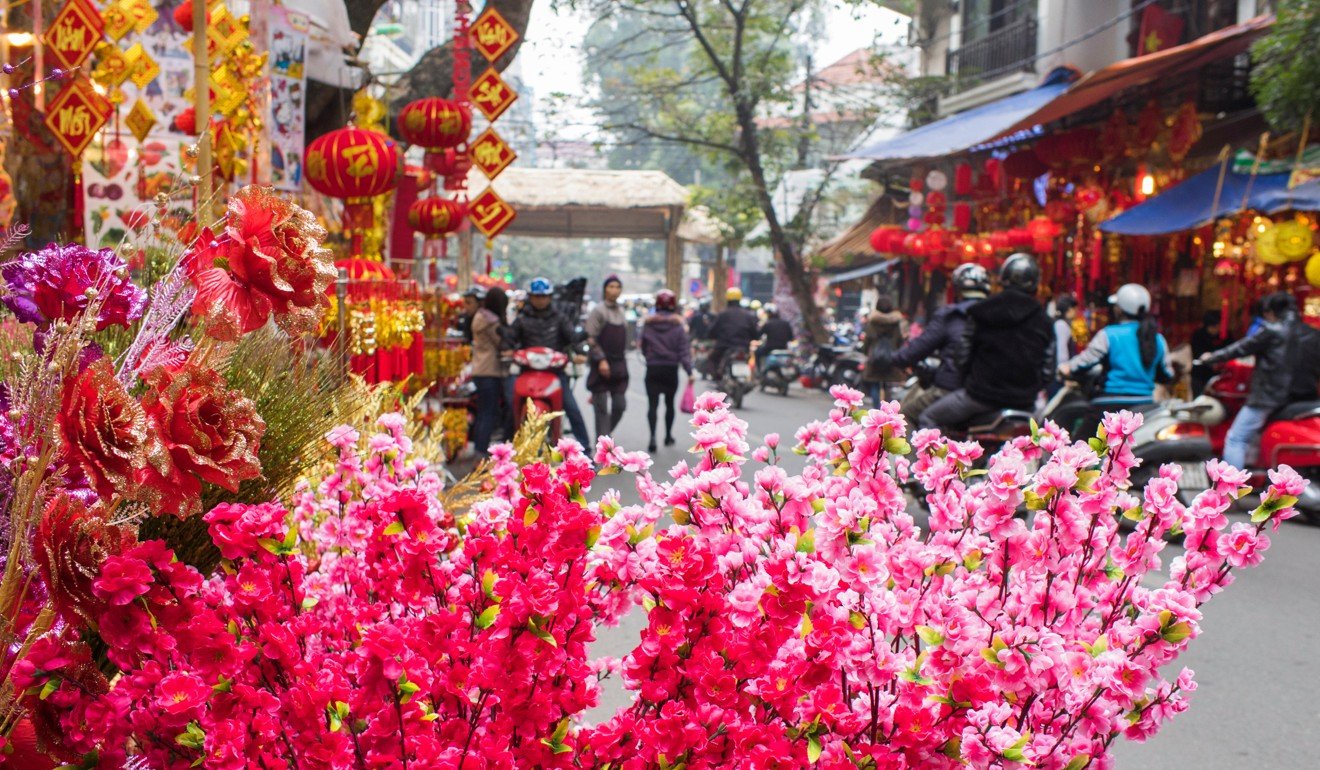
Tet traditions
Tet follows many of the same traditions as Lunar New Year in China – ‘li xi’ or lucky money is given out in red envelopes, cleaning frenzies are carried out, new clothes are bought, debts settled and disputes resolved – yet there are slight differences. The huge exodus that takes place in China, for example, is mirrored in Vietnam on a smaller scale as people head back to their homeland.
China in 1980s: Lonely Planet’s first guide to country offers snapshot
Flowers feature heavily in Vietnam’s new year.
The dusty pink hues of cherry blossom brighten up the north’s winter days, while the chirpy yellows and oranges of hoa mai (apricot blossom) are popular across the south. Marigolds, lavender and marumi kumquat trees also dot the country during Tet.
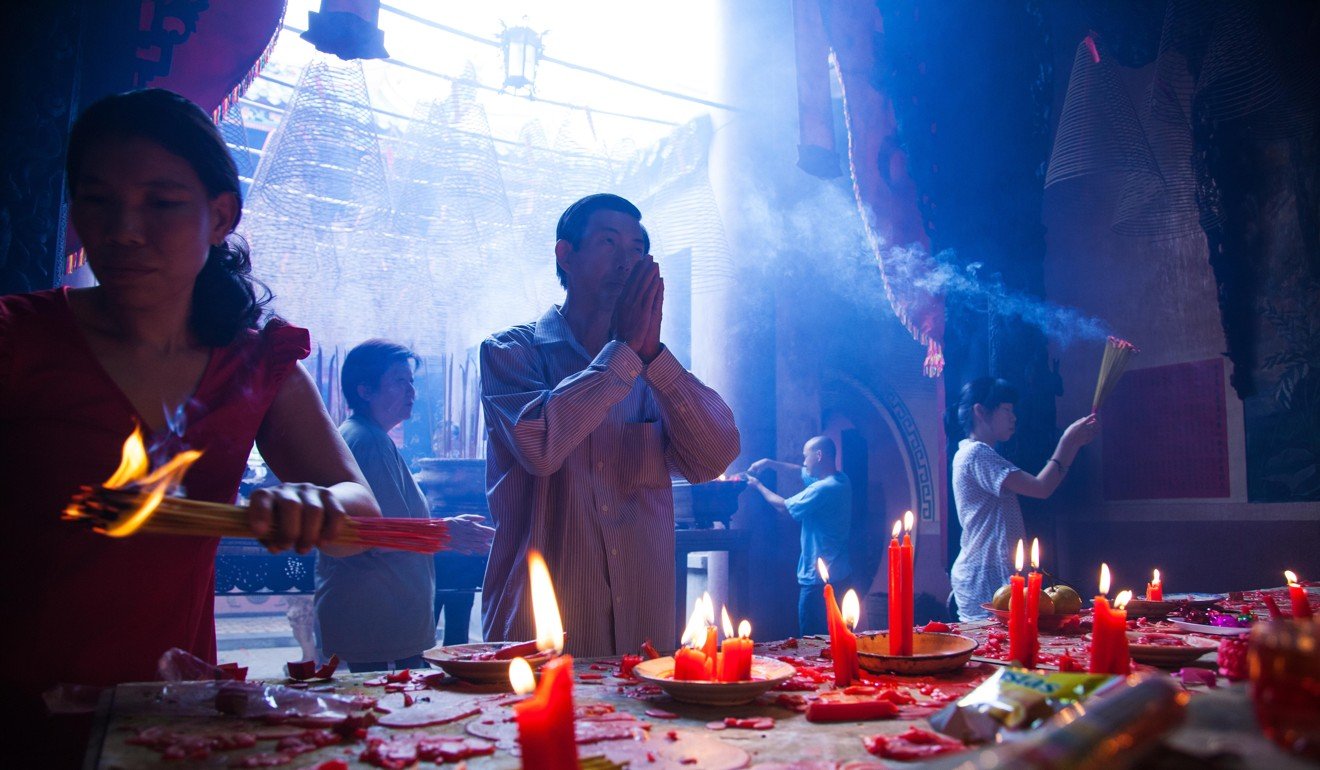
Paying respect to ancestors is important. Temples are frequented, and incense is burned and offerings left in memory of the deceased at small altars inside homes. The first day is spent feasting with close family, the second is reserved for visiting in-laws and friends, and on the third day, students spend time with their teachers and relatives are remembered at temples.
Xong dat – the “first foot” ritual – is an important part of Tet as it sets the household’s fortune. Before midnight, the relative whose zodiac symbol corresponds best with the forthcoming year steps outside the house, re-entering after the stroke of midnight and bringing with them good prosperity for the forthcoming year.
![Banh chung [rice stuffed with pork] is a traditional dish served during Tet. Photo: Alamy](https://cdn4.i-scmp.com/sites/default/files/images/methode/2019/01/28/1d2c6142-22b0-11e9-9177-bd3ae24bba4f_1320x770_121823.JPG)
Tet food
Food features heavily in Tet festivities, with huge feasts laid out throughout the holidays.
Parcels of banh chung tightly wrapped in banana leaves are sold in markets, with the steamed snacks synonymous with Tet. Xoi gac (red sticky rice) – is popular because the jackfruit’s red dye symbolises good luck. It is served with boiled chicken and cha lua.
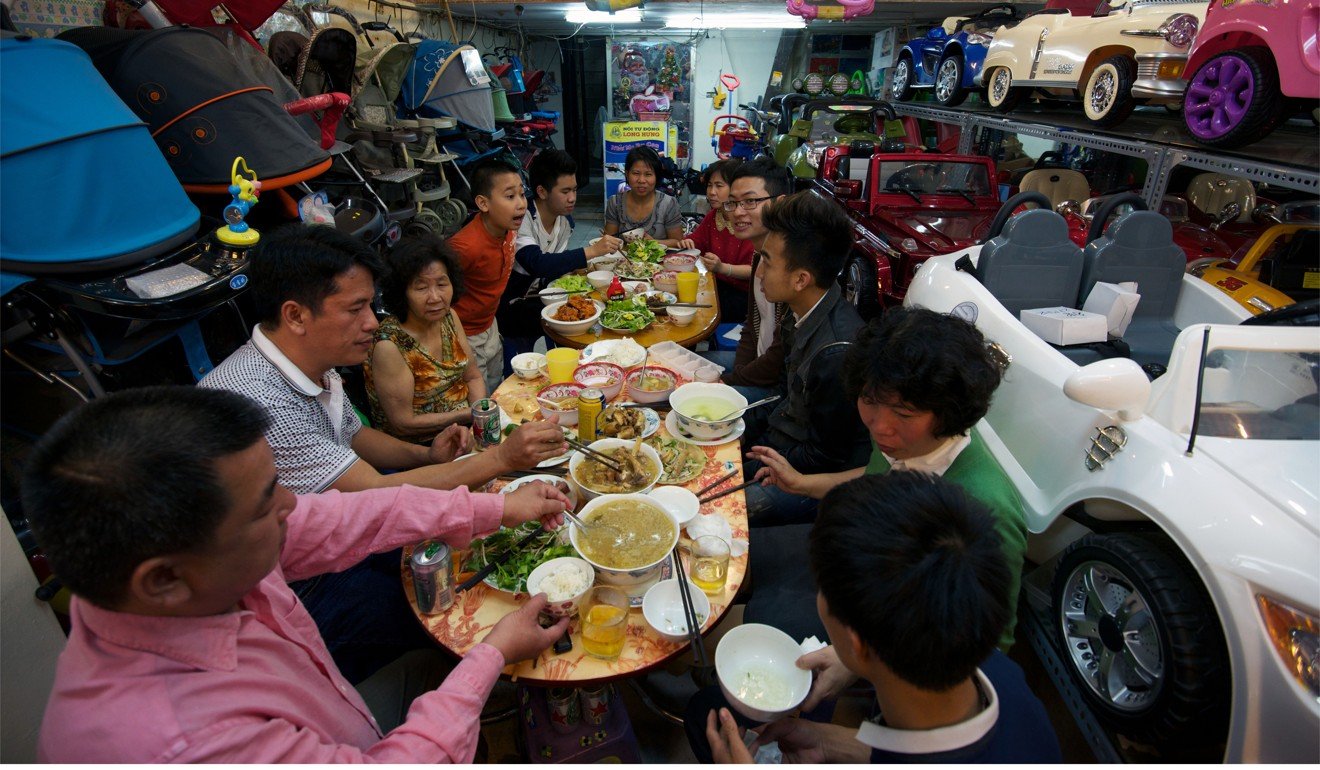
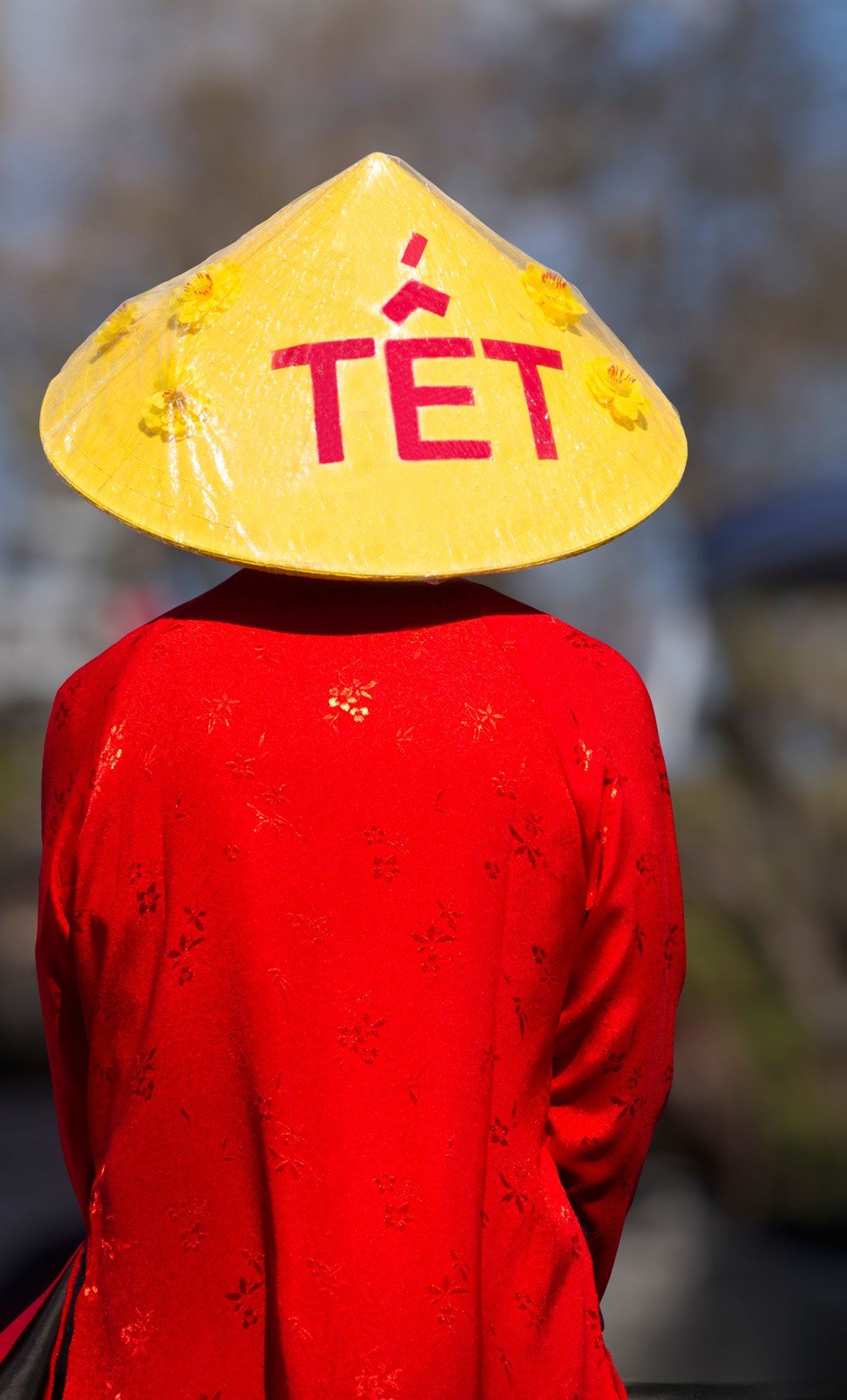
Travel during Tet
Do not be put off by the emptying out of cities and the rush to get home because throughout Tet, a sense of celebration is in the air and spirits are high. However, visiting during this time takes some preparation.
A lot of people are on the move during Tet, so book early. The same applies for accommodation – and expect a price hike during the holidays.
While New Year’s Day falls on February 5, public holidays are observed from February 2 to 10. Most attractions and businesses close their doors for Tet, usually for about five days, so check before visiting museums and tourist sites. Several restaurants remain open, especially in major cities, and normal life starts to flicker back a couple of days after New Year’s Day.
Igloo hotels offer ski-in-ski-out luxury in the Alps with no frills
Tet is the perfect time to discover urban charm without the motorbike madness that usually plagues cities. And there are plenty of Tet-themed events to enjoy. In Hanoi, at midnight on New Year’s Eve, the sky lights up with an explosion of fireworks at several spots, including Hoan Kiem Lake and My Dinh National Stadium.
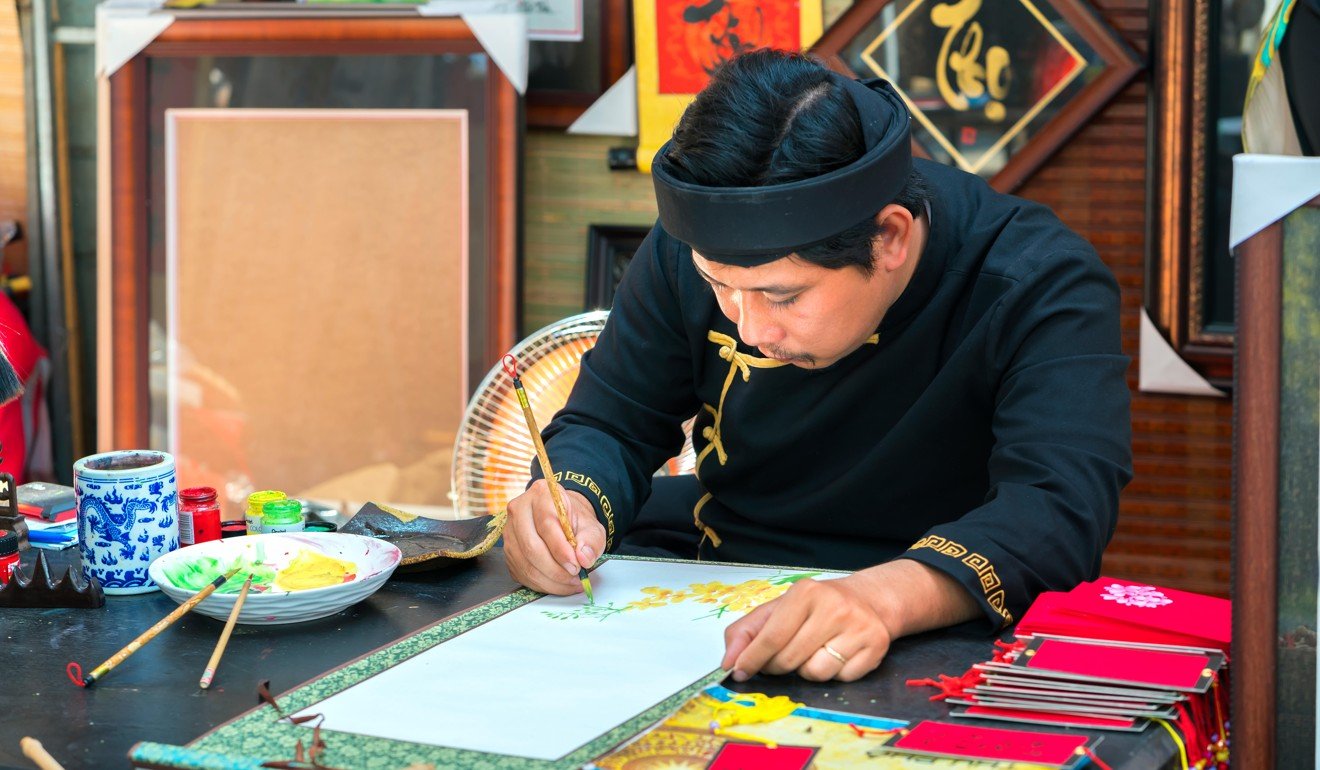
Co Loa Citadel is where the action is centred on the sixth day for Co Loa Festival, which sees locals dress up in traditional attire for a street parade. Throughout Tet, ong do (calligraphers) set up at the Temple of Literature to forge auspicious texts for customers.
In Ho Chi Minh City, you can see New Year’s Eve fireworks at various locations, including Thu Thiem Tunnel and Dam Sen Park. From February 2 to 8, Nguyen Hue will be transformed into blooms of colour for the Flower Street Festival, featuring a sea of ornamental trees and blossoms. Head to Cholon (Chinatown), where the authentic tastes and traditions of Tet are brought to life.
Many Vietnamese holidaymakers flock to beach destinations at this time of year, so expect places like Da Nang and Nha Trang to be busy. Dalat and Sapa are also popular Tet spots with locals.

